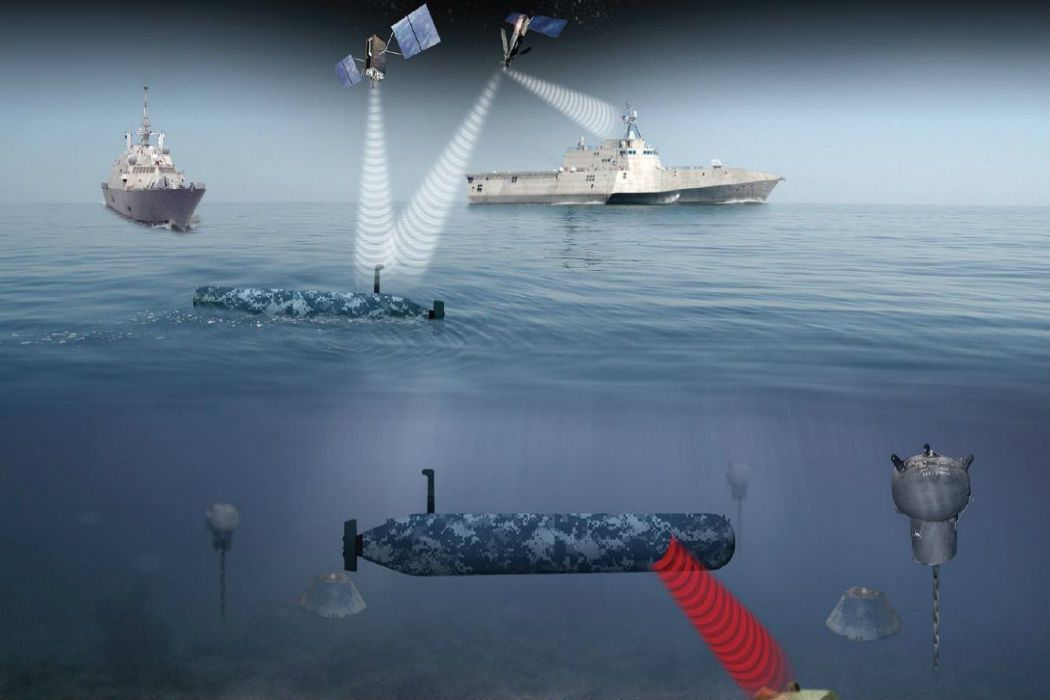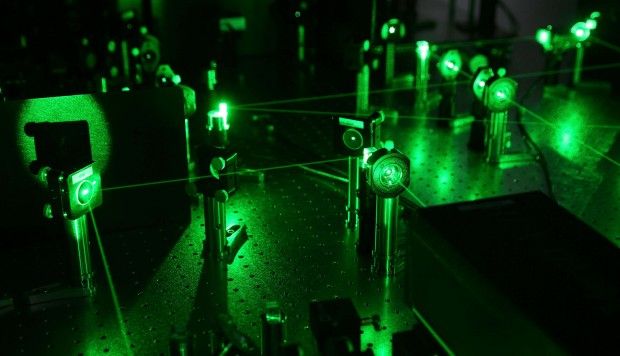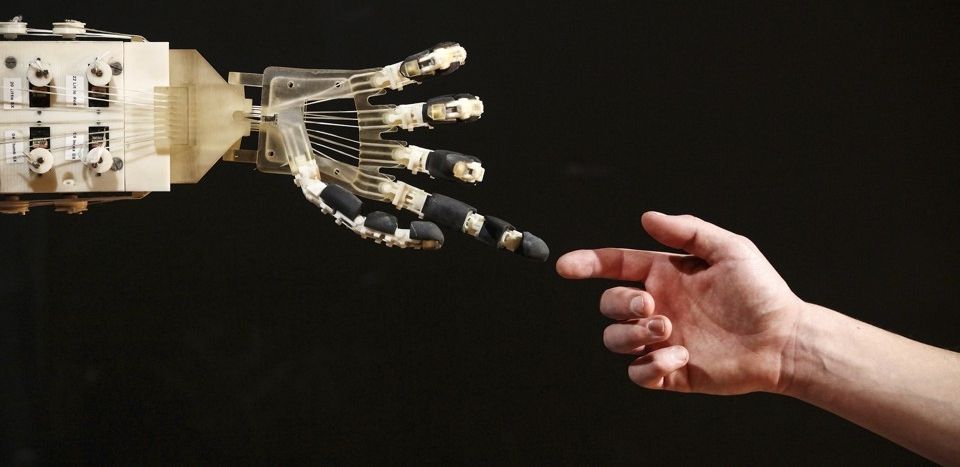Theoretical physicists and cosmologists deal with the biggest questions , like “Why are we here?” “When did the universe begin?” and “How?” Another questions that bugs them, and likely has bugged you, is “What happened before the Big Bang?”
Glad I wasn’t on TOR for a while.
Visitors to more than 10,000 Tor-based websites were met with an alarming announcement this morning: “Hello, Freedom Hosting II, you have been hacked.” A group affiliating itself with Anonymous had compromised servers at Freedom Hosting II, a popular service for hosting websites accessible only through Tor. Roughly six hours after the initial announcement, all the sites hosted by the service are still offline.
In the message, the group offers to sell the compromised data back to Freedom Hosting II in exchange for 0.1 bitcoin, or just over $100, although it is unclear whether the offer is in earnest.
The hackers also claim child pornography made up more than half the data stored on the servers. It’s impossible to verify that claim without seeing the data itself, but it’s consistent with what we know about previous dark-web hosting companies. The original Freedom Hosting was compromised by law enforcement in 2013, resulting in a number of child pornography prosecutions. At the time, the service hosted as many as half of the websites accessible only through Tor, commonly referred to as the Dark Web.
More mind reading technology and this time they can tell us if the person scanned is thinking about murder.
Brain scans could soon read minds and single out potential criminals before they commit any crimes, researchers claim.
Other uses of functional magnetic resonance imaging could include lie detectors in courtrooms, and anti-terrorist screening.
Scientists say the advancing technology could even be used for so-called neuro-marketing, to determine how much a consumer wanted a product.
The Navy’s Knifefish underwater mine hunting drone recently helped identify and destroy a number of targets in a key test of the system’s development, service officials said.
During a recent assessment in Narragansett Bay, R.I., the 21-foot Unmanned Underwater Vehicle (UUV) used low-frequency broadband synthetic aperture sonar to find stealthy undersea mine targets, said Capt. Jon Rucker, program manager, Unmanned Maritime Systems, PEO LCS.
“We put eight targets down across a range. The vehicle went around to detect the targets,” Rucker explained.
Are Humans the Next GMO?
Posted in biotech/medical, genetics
When I saw this article, I chuckled. Although the article zeros in on CRISPR, we could in some ways claim humans have already been altered by various stimulates over time especially as we look at steroids, botox to improve neuro & nerve ending activities, etc.
Humans continue to accomplish technological feats that change the world as we know it, often doing so in such fundamental ways that the previous generation scarcely recognizes the new society. Those of us in our late teens and early 20s will not be immune to this fate. We too will not recognize our planet, and it will be sooner than later.
For the past few decades, scientists have been toying with a piece of prokaryotic DNA that enables these single-celled organisms to defend themselves from viral invaders. CRISPR, as it is abbreviated, allows prokaryotes to remove the DNA that viruses insert into their genome, which, left unattended to, forces a hijacked cell to manufacture new viruses. CRISPR edits a cell’s DNA, cutting out sequences that do not belong. However, its potential goes beyond this function.
For humans, the technology behind harnessing CRISPR could empower us to alter our own genetic code. With this power, as the saying goes, comes great responsibility. And with this power comes great risk.
For most people to understand Quantum and its importance and potential for various areas of our lives; means pushing away everything that you have known about technology & natural sciences (biology, geology, environmental, etc.). Those of us who have been doing research and development in quantum have had to rethink/ rewire our thoughts and ideas about what is possible and what is not possible in medicine, technology, etc.
Once you begin understanding this concept then you begin to understand more the impact and possibilities of a quantum enriched world.
In ancient times, it would have been called an oracle – a source of instant insight on the most perplexing problems. Now, scientists are closing in on making a device capable of such feats.
Its name is as enigmatic as the source of its power: the quantum computer.
After decades of research, tech giants Google, IBM and Microsoft are among those racing to unveil the first quantum computer, which will solve in an instant problems that would tie up today’s computers for millennia.
1st before ever passing an opinion of a hypothesis or lab controlled concept; we need to see it proven against the China’s Network and then try it on Los Alamos Quantum Network. My guess, not going to be successful as it is Ottawa’s version & not everyone else’s so comes to question did they even design their test network correctly as China and Los Alamos both are showing that their versions are not hack proof. BTW — China is in phase 2 of their Quantum network; as previous tests were successful; and Los Alamos has been online since 2009 without any reported hacks.
Until, they prove successful against China’s network and Los Alamos; just another hyped up story without proof.
University of Ottawa physicists say they’ve found a way to partially replicate data from supposedly completely secure system.
PUBLISHED : Sunday, 05 February, 2017, 12:03am.
UPDATED : Sunday, 05 February, 2017, 12:03am.
Another example proving the importance of quantum is core to bio. Quantum is a core component in all things (bio, environmental, geo & minerals, vegetation, energy, etc.).
By Lance Schuttler, contributor for TheMindUnleashed.com
One strand of DNA from one single cell contains enough information to clone an entire organism. Obviously, understanding DNA allows us to understand much about life and the universe around us. A deeper understanding of the new science tell us that DNA beings not as a molecule, but as a wave form. Even more interestingly, this wave form exists as a pattern within time and space and is coded throughout the entire universe.
We are surrounded by pulsating waves of invisible genetic information, whose waves create microscopic gravitational forces that pull in atoms and molecules from their surrounding environment to construct DNA.
Is AI a Threat to Christianity?
Posted in robotics/AI








